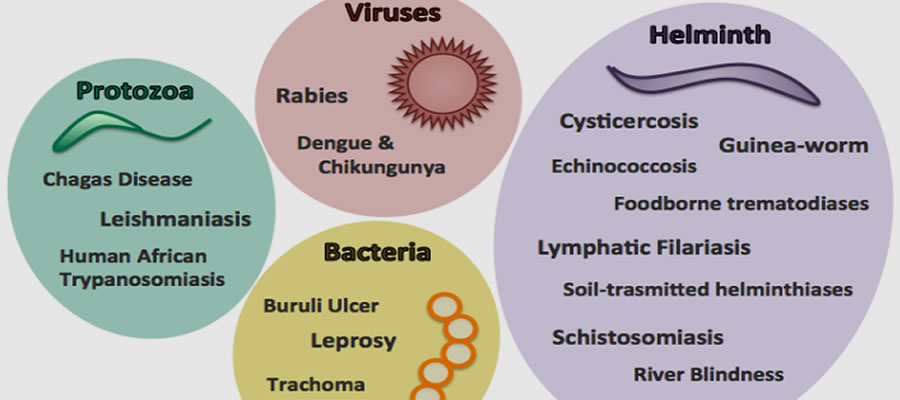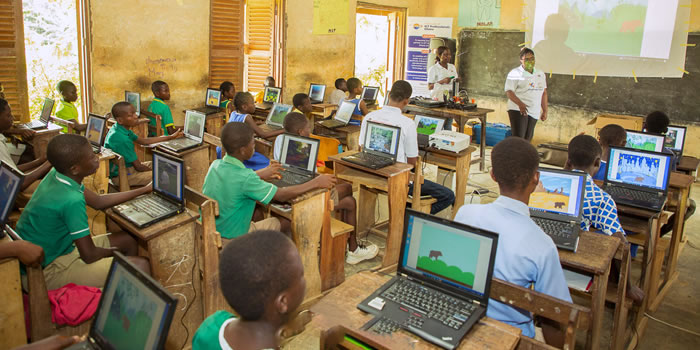

Water security
The availability of and accessibility to improved drinking water is an important feature in the health of households. The source of water supply particularly for drinking has a tremendous effect on the burden of diseases. For instance, one of the main health benefits of clean drinking water supply is a reduction in diarrhoea.
Water sources are often classified as ‘improved’ or ‘unimproved’: Sources considered as improved are piped, public water into homes, public standpipe, borehole, protected (lined) dug well, protected spring, and rainwater collection; unimproved are unprotected wells and springs, vendors, and tanker-trucks (WHO and UNICEF, 2000). Water security has been defined as "the reliable availability of an acceptable quantity and quality of water for health, livelihoods and production, coupled with an acceptable level of water-related risks." Sustainable development will not be achieved without a water secured world. The saying that “water is life” summarizes the benefits of water security.
At present, many areas within the district do not have access to potable water because available source of potable water to the people has been polluted by activities of illegal miners. This is a seriously threat to water security in the district. Hopefully, if the efforts by the government to flush out illegal mining succeed, major sources of water would be rejuvenated to serve as source of safe drinking water for the populace.
The main sources of household drinking water in the Akyemansa District are presented in Table below. The data shows that, the main source of drinking water for the majority of the people of Ghana at both national and regional levels are the bore hole/pump/tube wells. This patternis also observed in the Akyemansa District where more than half of households (59.1%) depend on bore holes, pumps and tube well as their main source of drinking water. Other important sources of water include protected well (17.7%), pipe-borne water outside the dwelling (6.8%), public tap or standpipe (5.9%), river or stream (4.2%) and sachet water (2.9%).
Table: 1.8 Type of Water Facility
Source: DWST, Akyemansa 2017
From the table above, the main water sources have been tested by the District Environmental Health and Sanitation (DEHS) Unit and they are all in good condition, however, the few ones which have not been tested to ascertain their quality will be done fast to forestall any water borne diseases from occurring.
Figure: 1.3 District Water and Sanitation facilities Map
Date Created : 1/30/2025 12:00:00 AM








 facebook
facebook
 twitter
twitter
 Youtube
Youtube
 +233 593 831 280
+233 593 831 280 0800 430 430
0800 430 430 GPS: GE-231-4383
GPS: GE-231-4383 info@ghanadistricts.com
info@ghanadistricts.com Box GP1044, Accra, Ghana
Box GP1044, Accra, Ghana